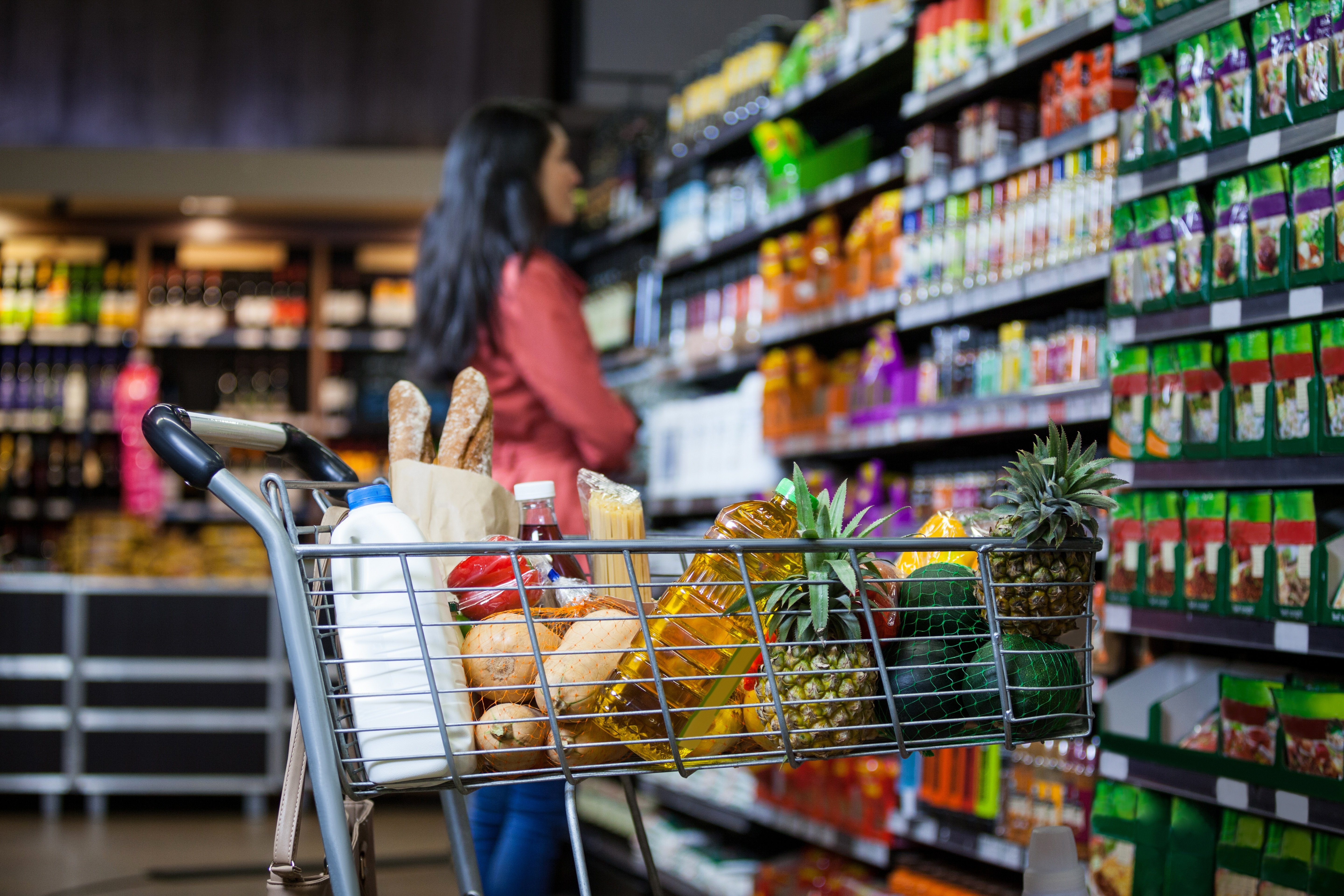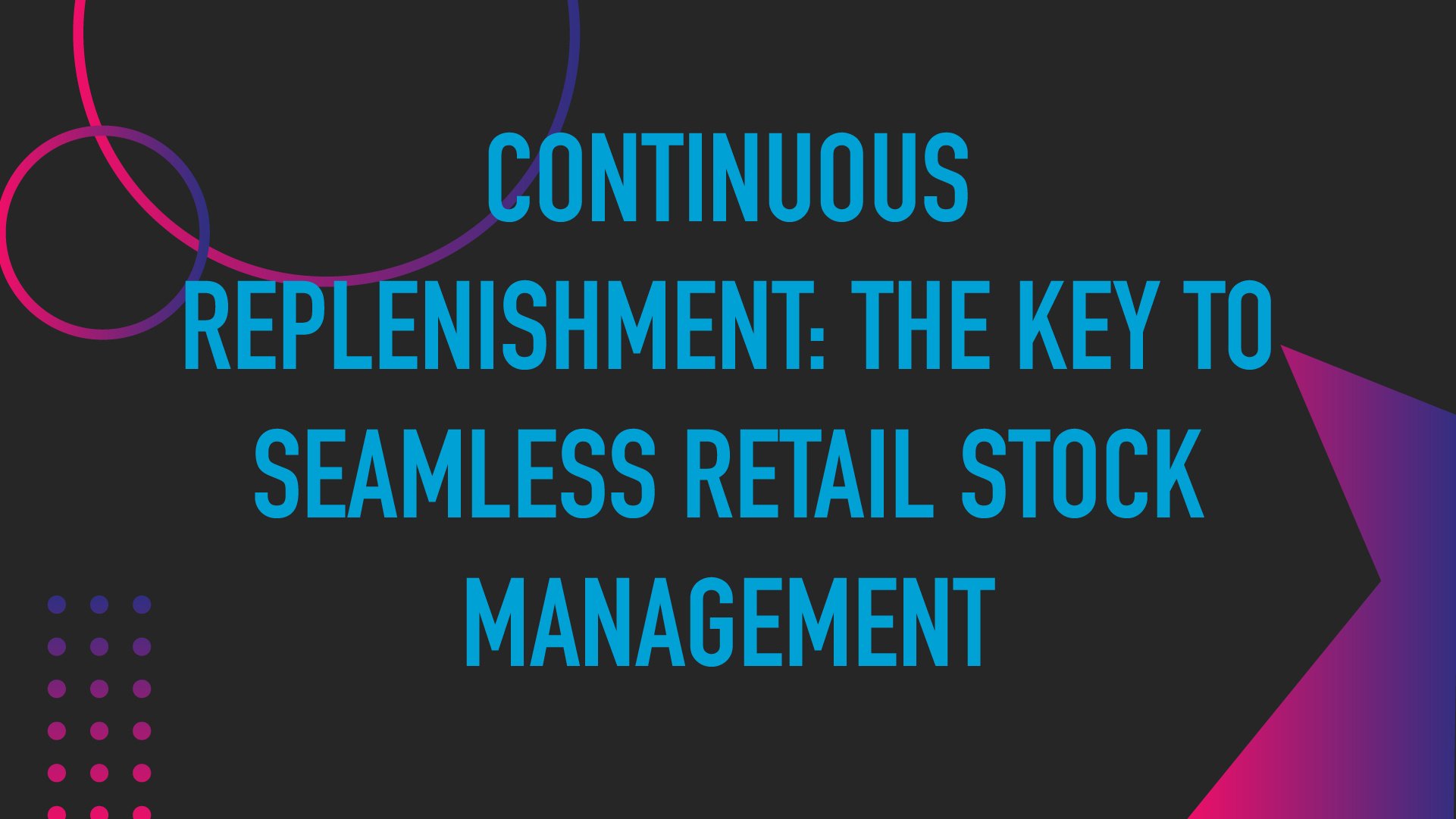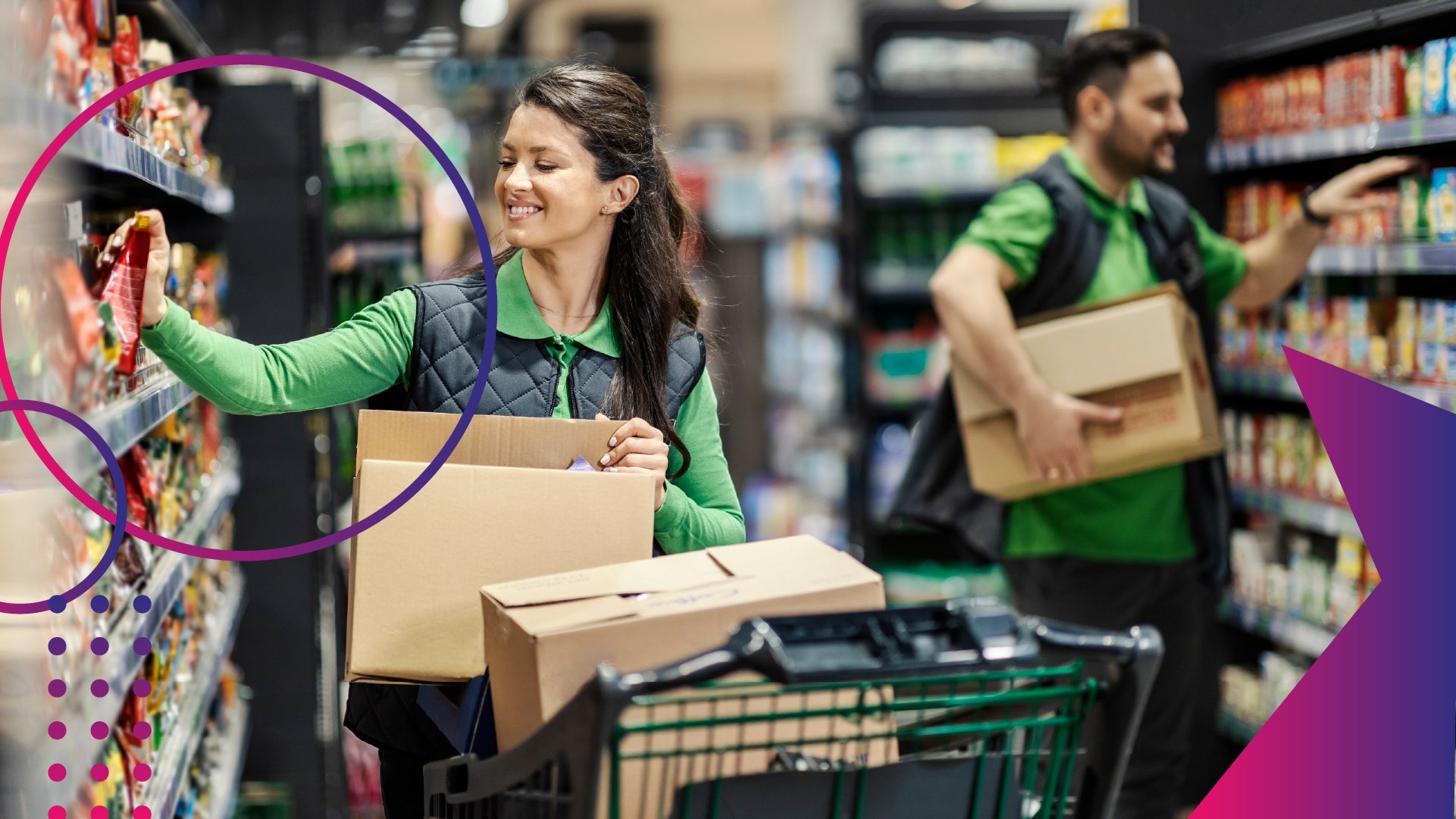Exploring the Top 5 Grocery Trends in the U.S. and How They Are Shaping the Future of Shopping

The Evolution of Grocery SHopPING AND ITS IMPACT ON CONSUMER BEHAVIor
How we shop for groceries has undergone a significant transformation in recent years. As technology advances and new trends emerge, the grocery industry is constantly adapting to meet consumers' changing needs and preferences.
Convenience is now paramount for many shoppers, with time-strapped individuals opting for services that save them valuable time and effort. From technological advancements to shifting consumer behaviors, these trends are revolutionizing how grocery stores operate. Managers must stay informed about the industry's latest trends to succeed in this dynamic landscape.
Trend #1: Self-Checkout Technology - Empowering Shoppers with Convenience and Efficiency
Self-checkout technology has revolutionized how consumers shop, providing them a new level of convenience and efficiency. With automated checkout systems becoming increasingly prevalent in retail stores, shoppers can now take control of their experience by opting to scan and pay for their items independently, without the need for human assistance or cashiers.
This technology has become increasingly prevalent in grocery stores across the U.S., offering several benefits for retailers and shoppers. Self-checkout lanes can reduce labor costs, allowing retailers to allocate resources more efficiently. With fewer employees needed at traditional checkouts, retailers can redirect personnel to other areas, such as customer service or restocking shelves. This optimization allows businesses to enhance overall operational efficiency while promptly meeting customer needs.
One of the key benefits of self-checkout technology is the time-saving convenience it provides shoppers. Research shows that 73% of consumers prefer self-checkout options, citing shorter wait times and increased privacy as the primary reasons. With self-checkout technology, shoppers can scan and pay for their items themselves, eliminating the need to wait for a cashier to process their transaction. This streamlined process saves time and gives customers a sense of control over their shopping experience.
With its automated systems and contactless payment options, self-checkout technology is transforming how we shop. It offers unparalleled convenience, efficiency, and empowerment to consumers who seek a faster and more independent shopping experience. As this trend continues to evolve, grocery retailers can expect even greater advancements in self-checkout technology that will further enhance the retail experience.
To capitalize on this trend, retailers should invest in reliable self-checkout systems that prioritize user-friendliness and integrate seamlessly with existing store operations. Providing shoppers with clear instructions and dedicated customer support is imperative to guarantee a positive and satisfying experience.
Trend #2: Mobile Apps for Shoppers - Transforming the Way We Plan and Shop for Groceries
The rise of grocery shopping apps is changing how consumers plan and shop for groceries. Over 30 million shoppers use grocery apps to assist with their shopping, effortlessly creating digital shopping lists at their fingertips.
These innovative apps offer a range of features that make grocery shopping more convenient and provide a range of options, including personalized offers, digital coupons, shopping list management, and recipe suggestions. This allows retailers to deliver targeted promotions and rewards based on individual preferences, driving customer loyalty and increasing sales while ensuring that consumers never miss out on a great deal.
When it comes to product information and reviews, mobile apps offer many benefits that make the process easier and more convenient than ever before by providing a seamless user experience tailored specifically for smaller screens. Consumers can effortlessly scroll through product images, zoom in for a closer look, and compare different items. The intuitive interface ensures that shoppers can find what they need quickly to make informed decisions without being tied down to a specific location or time frame.
Mobile apps also enable shoppers to access real-time inventory information, locate products within the store, and even place online orders for home delivery or pickup. These features enhance convenience and streamline the shopping process for customers, allowing them to skip long checkout lines by opting for online ordering and delivery services.
Mobile grocery apps are transforming how people plan and shop for groceries by offering convenience, personalization, and efficiency like never before. Retail managers should prioritize developing and optimizing their mobile apps to cater to the increasing demand. By leveraging customer data and employing location-based marketing strategies, retailers can deliver personalized experiences that resonate with their target audience.
Trend #3: The Rise of Fresh Departments & Fresh-Prepared Food - A New Shopping Lanscape
In recent years, fresh food departments in stores have become increasingly appealing to consumers. With the growing demand for quick meals that are fresh and healthy, grocery stores recognize the importance of catering to this market trend.
The popularity of chilled and pre-packaged options will reach over 267 billion dollars by 2025 as more people prioritize convenience without compromising their health. Supermarkets are dedicating more space and resources to meet this growing consumer need as these departments generate higher margins than traditional grocery categories.
To meet these changing consumer preferences, stores are implementing innovative strategies to showcase and promote their fresh products through creative and visually captivating displays. By skillfully arranging fresh fruits, vegetables, and other perishable items in an attractive display, stores can effortlessly grab customers' attention and entice them to explore a variety of options.
Many stores have also started offering sampling stations where customers can taste-test freshly prepared dishes or try out new ingredients. This allows shoppers to experience firsthand the freshness and nutritional value of the products. Some grocery retailers even partner with local farmers and suppliers to source high-quality produce directly from nearby regions, supporting local businesses and ensuring that customers can access the freshest fruits, vegetables, meats, and dairy products possible.
Retail teams looking to capitalize on the rise of fresh departments and fresh-prepared food should focus on sourcing high-quality ingredients and presenting them with attractive and well-organized displays that highlight the freshness and quality of the products. Providing in-store sampling, cooking demonstrations, and recipe ideas can engage and inspire customers to explore the fresh offerings by creating an atmosphere that encourages customers to spend more time and make additional purchases.
Trend #4: Sustainable & Eco-Friendly Practices in Grocery Stores
In recent years, there has been a significant shift in consumer preferences towards sustainable and eco-friendly practices, with 60% of consumers willing to pay more for products from environmentally responsible companies. This trend has extended to the grocery store industry, where consumers increasingly seek out stores that utilize environmentally conscious practices.
One key aspect of sustainable practices in grocery stores is the use of eco-friendly packaging. Shoppers have become more aware of the detrimental impact of excessive packaging on the environment. As a result, they actively seek out stores that offer bagging alternatives or products with minimal packaging. Grocery stores adopting such practices attract environmentally conscious customers while reducing plastic waste and promoting a greener future.
Another important aspect is the emphasis on organic produce and responsible sourcing. Shoppers are now more concerned about the quality of their food, preferring groceries that offer organic produce free from harmful pesticides and chemicals. This responsible sourcing ensures that products are obtained ethically while reducing transportation emissions and supporting local economies.
By embracing these sustainable practices, grocery stores can position themselves as leaders in environmental responsibility while meeting the growing demand for eco-friendly options. Industry leaders should prioritize sustainable initiatives such as reducing plastic packaging, implementing recycling programs, and sourcing from local and organic suppliers. Promoting these practices attracts environmentally conscious customers and contributes to long-term cost savings and brand reputation. This benefits the planet by reducing carbon footprints and promoting healthier lifestyles while creating a positive brand image and fostering customer loyalty.
Trend #5: E-Commerce & Online Grocery Shopping Revolutionizing the Industry
The e-commerce industry has experienced a significant transformation with the rise of online grocery shopping. This digital revolution has not only changed how people shop but has also brought convenience to consumers' fingertips.
The COVID-19 pandemic further accelerated this trend, significantly increasing online grocery sales. More than 142 million Americans made an online grocery order in 2021; experts expect that number to double by 2025. The digital transformation in the industry has allowed grocery retailers to reach a larger customer base and provide personalized experiences. Customers can browse through an extensive range of products and place their orders from the comfort of their own homes. This saves busy consumers time and eliminates the need for them to visit physical stores, resulting in reduced foot traffic.
Through advanced algorithms and data analytics, e-commerce platforms can recommend products based on individual preferences, making the shopping experience more tailored and efficient. Customers no longer have to spend hours navigating crowded aisles and waiting in long queues at checkout counters. Instead, they can quickly search for specific products or use personalized recommendations to find exactly what they need.
Moreover, online grocery shopping platforms enable retailers to tap into valuable data insights that help them better understand consumer preferences and optimize their inventory management systems accordingly. This data-driven approach allows them to anticipate trends, tailor promotions, and improve overall customer experience - ultimately leading to increased sales and customer loyalty. Retail leaders should explore this application to balance convenience and immediacy, cater to different customer preferences, expand their reach, and optimize their operations to stay ahead in an increasingly competitive market.
Embracing Grocery Trends for a Better Shopping Experience
The grocery industry is undergoing a significant transformation to keep up with the needs and preferences of modern consumers. It is crucial for grocery retailers to embrace these trends if they want to remain relevant in an ever-evolving industry. By leveraging innovative technology and catering to consumer preferences, they can create a modern shopping experience that delights customers and keeps them coming back for more.
featured content
featured content

The Importance of On-Shelf Availability in Retail: Why Keeping Items Stocked is Critical for Competitiveness in 2026
Learn why on-shelf availability is critical in today's retail store environment









